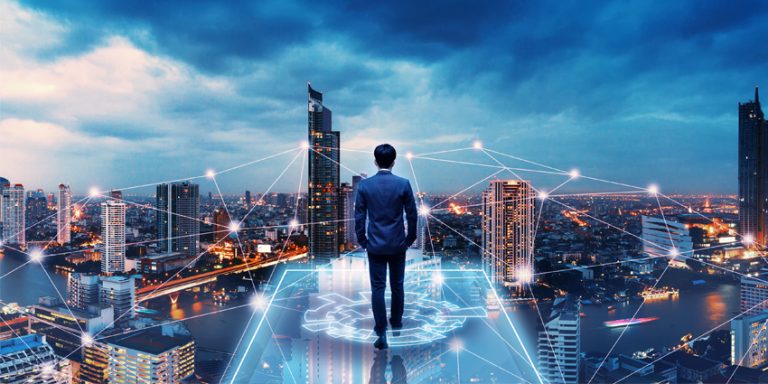Generative AI, digital customer service, and conversational user interfaces (CUIs) will transform customer service and support by 2028, according to a Gartner report.
But how did they reach these results?
With the current shortage of both fortune tellers and crystal balls, Gartner has developed their own “hype cycle” to provide insight into how a technology or application will evolve over time.
The Hype Cycle tracks a number of mature customer service and support technologies – ranging from incipient (customer technology platform), to highly promoted (generative AI), to mature with significant adoption opportunities still remaining (contact center as a service).
The technologies are then separated into different stages of their life cycle and categorized according to their progress within each section. This provides a source of insight to manage its deployment in the context of a specific business objective.
It also allows clients to recognize the promise of emerging technology in the context of their industry and their individual appetite for risk.
However, despite the abundance of technological advances in customer service, an alarming number fail to achieve their potential – with more than half of innovation profiles falling into what Gartner calls, “the trough of disillusionment.”

But what about the technologies that Gartner has indicated are successful? What makes them stand out? How can companies start implementing it?
Generative artificial intelligence
Not surprisingly, given its recent meteoric rise in popularity, Gartner currently considers generative AI to be at the “peak of inflated expectations.”
However, they view this not as just a blip on the horizon, but rather as a major player in the future of customer service, predicting that by 2025, 80% of customer service and support organizations will apply generative AI technology in some way to improve agent productivity and customer experience.
By 2025, 80% of customer service and support organizations will implement generative AI technology.
Gartner believes that AI will have the biggest impact in the customer experience sector specifically, with a recent survey revealing that 38% of leaders see improving customer experience and retention as the primary goal of initiatives to deploy applications trained on large language models. .
Conversational user interfaces
Another emerging technology using AI is conversational user interfaces (CUIs): human-computer interfaces that enable natural language interactions for the purpose of fulfilling a request, such as answering a question or completing a task.
Central user interfaces (CUI) are used to provide customer service agents with direct control over the applications they run. They are commonly used to automate support via chatbots, helping to improve customer experience and self-service adoption.
While Gartner considers the technology to have passed its peak level of expectations, it still expects centralized user interfaces to become common in the next five years.
Discussing the report's findings, Drew Krause, Vice President Analyst at Gartner, commented: “Customers increasingly expect to be able to interact with the applications they use in a natural way, and this has been accelerated by the emergence of large language models. Enabling enterprise applications, Such as ChatGPT and Microsoft 365 CoPilot from OpenAI.
“Centralized user interfaces will be vital to drive efficiency and meet changing customer expectations.”
Digital customer service
The phrase may seem a bit generic, but when Gartner refers to digital customer service, it's referring to the proliferation of digital engagement channels that exist today — and a system that can seamlessly orchestrate those channels.
With the potential for multiple channels to increase customer effort as they navigate between them, Gartner sees digital customer service as the emergence of a new field of customer care.
Digital customer service is the emergence of a new field of customer care.
For Kraus, digital customer service will be a vital tool in enhancing customer satisfaction and customer experience:
“Digital customer service will transform customer experience outcomes by reducing friction and eliminating unnecessary customer effort.
“By creating a seamless customer experience, this technology will reduce churn and enhance customer satisfaction.”
The future is now
While it's never wise to put too much stock in future forecasts — five years ago no one would have predicted a global pandemic, a war in Europe, or a riot at the U.S. Capitol — keeping up with the latest technological developments is essential in our world. Any field.
And never more so than the customer service and customer experience sector, which is saturated with a myriad of technology vendors all claiming to have the latest and greatest offerings.
Gartner's reputation in this space and track record when it comes to customer experience technology is unparalleled, so when they throw their support behind something, it's wise to take it into consideration.
As Kraus says: “A common theme among these three technologies is their ability to simplify the customer journey and enable customer service leaders to meet increasing customer expectations. Within the next five years, we expect these technologies to change the face of customer service and support.”

